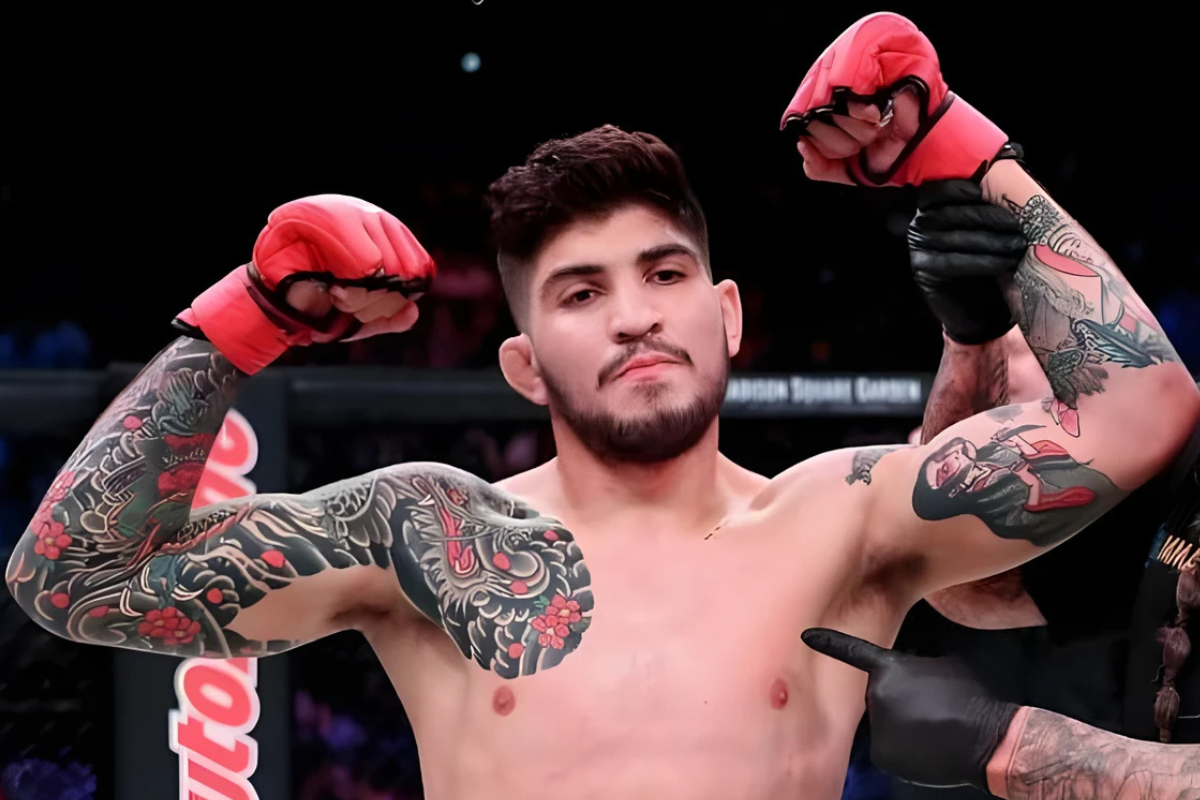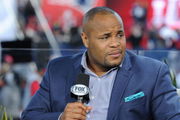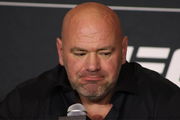

What comes to mind when Dillon Danis’ name flashes in the combat sports world? Most of the time, it’s a brash, bold, and intense personality who always steals the spotlight. Time and again, He has proven it by pulling no punches in verbal wars with his opponents. On top of that, he’s known for his impressive Brazilian Jiu-Jitsu skills, which earned him a spot on Conor McGregor’s coaching team. But wait—there’s more! ‘El Jefe’ is also famous for his tattoos.
Watch What’s Trending Now!
Soon, Danis will step into the ring against British fighter Warren Spencer at the MF & DAZN X Series 22 event. The matchup continues Danis’ shift from MMA to crossover boxing, a move that has kept him in the public eye even when critics argue he fights less frequently than other high-profile names. That unpredictability only fuels fan debates about whether he’ll deliver in the ring—or rely on his flair for drama. But before that happens, let’s take a closer look at his captivating body art, each piece carrying deep cultural and symbolic meaning.
ADVERTISEMENT
What’s the meaning behind Dillon Danis’ tattoos?
Dillon Danis has an amazing set of art on his body, from his side chest to his sleeves. For those wondering about the style, the former Bellator fighter’s tattoos are inspired by the Japanese tebori technique, which uses a traditional stick-and-poke method rather than a regular machine. This especially draws attention to his right arm, where the entire sleeve is designed with dragons, wings, and flowers—elements often tied to Japanese Yakuza aesthetics. Symbolizing strength and endurance.
View this post on Instagram
But that’s not all! The 32-year-old also has an equally striking design on his left arm. You can spot dragon heads, samurai skulls, and some tribal patterns as well. Here, the Japanese warrior influence is clearly strong, with a touch of Chinese inspiration too. The meaning or inspiration behind his chest tattoos isn’t publicly known, but they definitely complement the overall design.
ADVERTISEMENT
Danis has covered most of his front body with incredible tattoos, but he hasn’t stopped there—he also has work behind his ear. A closer look reveals a small katana blade, continuing the theme of Japan and its rich samurai history. It seems ‘El Jefe’s favorite country might just be the land of the rising sun. His tattoos are undeniably some of the best, and the credit goes to the artist who brought them to life. So, let’s get to know the legend behind them as well.
Top Stories
Ilia Topuria’s UFC Title at Risk After Personal Break Turns Worse With “Extortion” Claim

UFC Vegas 112 Fighter Carried Out of Octagon After KO Loss Leaves Her Unable to Walk

Daniel Cormier Takes Sly Dig at FOX While Reflecting on UFC’s ESPN Exit

Dana White Set to Lose Another Star to Boxing as UFC Champ Reveals Major Career Decision

Alistair Overeem Urges Rampage Jackson to Reconsider Major Career Move Amid Health Concerns

ADVERTISEMENT
Shinji Horizakura, the man behind ‘El Jefe’s tattoo design
By now, you’ve probably guessed that Dillon Danis’ tattoo artist must be a master—and you’re right! A Japanese artist named Shinji Horizakura is the legend behind bringing MMA fighters’ body art to life. As mentioned earlier, Horizakura is a practitioner of traditional Japanese Tebori art, which he has been honing since his teenage years.
According to an article by nepenthesny.com, Horizakura never imagined he would become a tattoo artist. He was actually on the path to becoming a chef and even went to Italy to pursue that dream. However, he found himself “hanging around tattoo shops,” which sparked a shift in his mindset. He eventually returned to Japan to fully dedicate himself to the art of tattooing.
Horizakura has also tattooed other high-profile fighters and celebrities, adding to his reputation as one of the most respected artists bridging combat sports and Japanese tradition. In interviews, he has emphasized discipline and patience—traits Danis’ fans often say the fighter lacks, creating an ironic contrast between the man and the art he wears.
ADVERTISEMENT
It’s safe to say that Dillon Danis sought out a highly skilled and accomplished artist for his tattoos. That being said, we’d love to know what you find most interesting about his body art. Which part do you like the most? Share your thoughts in the comments section below!
ADVERTISEMENT
ADVERTISEMENT
ADVERTISEMENT

